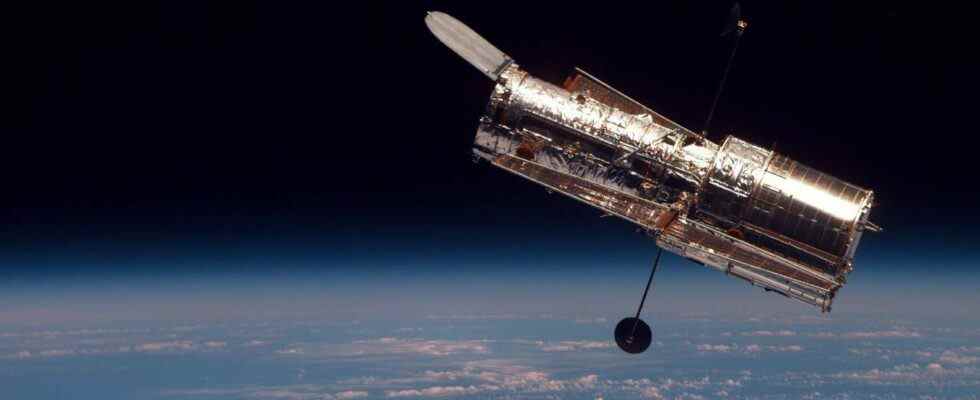Although the Hubble Telescope feels like it has been forgotten and thrown away since the day the James Webb Space Telescope was launched into space, it was good news to see that it is still intact and surprised us with the photographs it took.
Hubble telescope has proven itself once again
NASA has shared with the public a new image taken this month with the Hubble Space Telescope. It has been reported that Hubble used two different technologies to take this photo. When we take a closer look at the shared image, we see that the galaxy NCG 1097, located in the constellation Fornax, 48 million light-years away, and the galaxy NCG 1097A are intertwined.

NASA has been following this galaxy closely since the early 2000s. Because this area, which contains very old stars, has allowed us to witness at least 3 supernovas as far as we know. These, too, were named SN 1992bd, SN 1999eu and SN 2003B over the years.
It was shared that this image of NGC 1097 was obtained using Hubble’s Wide Field Camera 3 (WFC3) and Advanced Camera for Research (ACS). In other words, we are not looking at a single photo, but rather a combination of images taken with multiple cameras.
Scientists who made a statement on the subject said:
The idea that two different cameras can take a single image is not very intuitive. However, it makes a lot more sense after looking at how beautiful astronomical images like this one are created. Using three types of receptors, each sensitive to only one slice of that range, our eyes can detect light waves at optical wavelengths between about 380 and 750 nanometers. Our brain interprets these particular wavelengths as colors. In contrast, a telescope camera such as the WFC3 or ACS is sensitive to a single, wide range of wavelengths to maximize the amount of light collected. Raw images from telescopes are always in shades of gray and only show the amount of light captured at all these wavelengths.

NASA has used similar image compositing technologies before. For example, the photograph we see above came about by displaying images taken in more than one spectrum with more than one camera in a format that is pleasing to the human eye. For this reason, it is possible to see the same clouds in more than one place. Contrary to the claims of flat earthers, this situation is the result of a deliberate process.
What do you think about this subject? Don’t forget to share your feedback with us on the SDN Forum or in the comments!
